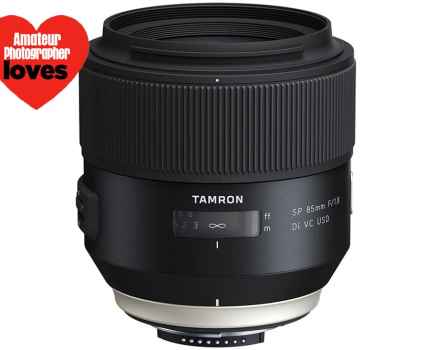It’s not often that brand names become eponyms, but say ‘Big Stopper’ to almost any photographer and they’ll know that you’re talking about a 10-stop ND filter. Similarly, say ‘Little Stopper’ and there will be an immediate assumption that you’re talking about a 6-stop ND filter. The Lee Big Stopper made its first appearance in 2010 and since its arrival, we’ve seen the addition of the 6 and 15-stop NDs, which have all been made available for the Seven5, 100mm and 150mm systems. The latest arrival comes in the shape of Lee ProGlass IRND filters, which are available in light reducing strengths of 2,3,4,6,10 and 15 stops.
Extreme long exposure photography has become a popular landscape and cityscape subgenre in itself, and in the early days many photographers would convert their long exposure shots taken with a Big Stopper to black & white. One of the reasons for this was the strong colour cast created by strong resin ND filters. While it can be removed, it can sometimes be tricky to completely neutralise the cast.

Lee ProGlass IRND filters, as the name suggests, are made of 2mm-thick optical glass that brings with it a number of benefits over the resin filters that have been so popular until recently. First and foremost, these new filters provide a high level of uniformity in density across the colour spectrum. This means that the stop rating of the filters will be more reliable. These filters also block both infrared and ultraviolet pollution, which ultimately helps to keep results neutral with minimal colour casts.
The advantage of sheet or drop-in type filters such as the ProGlass IRND filters is that you can use them in your filter holder alongside ND grads and other drop-in filters. This means you can enjoy the same degree of control over your long exposure images as you would a standard landscape or cityscape shot.
www.leefilters.com








